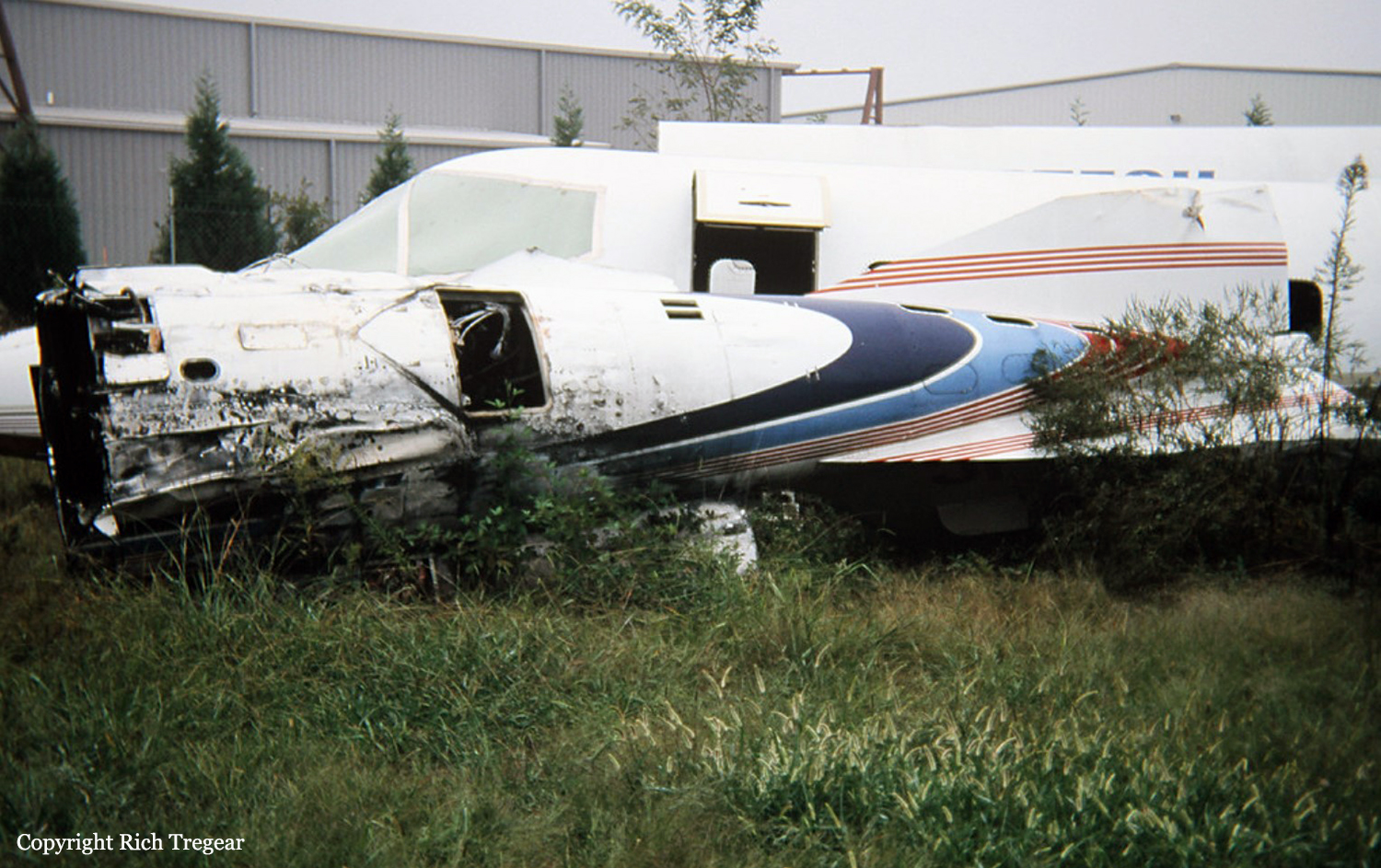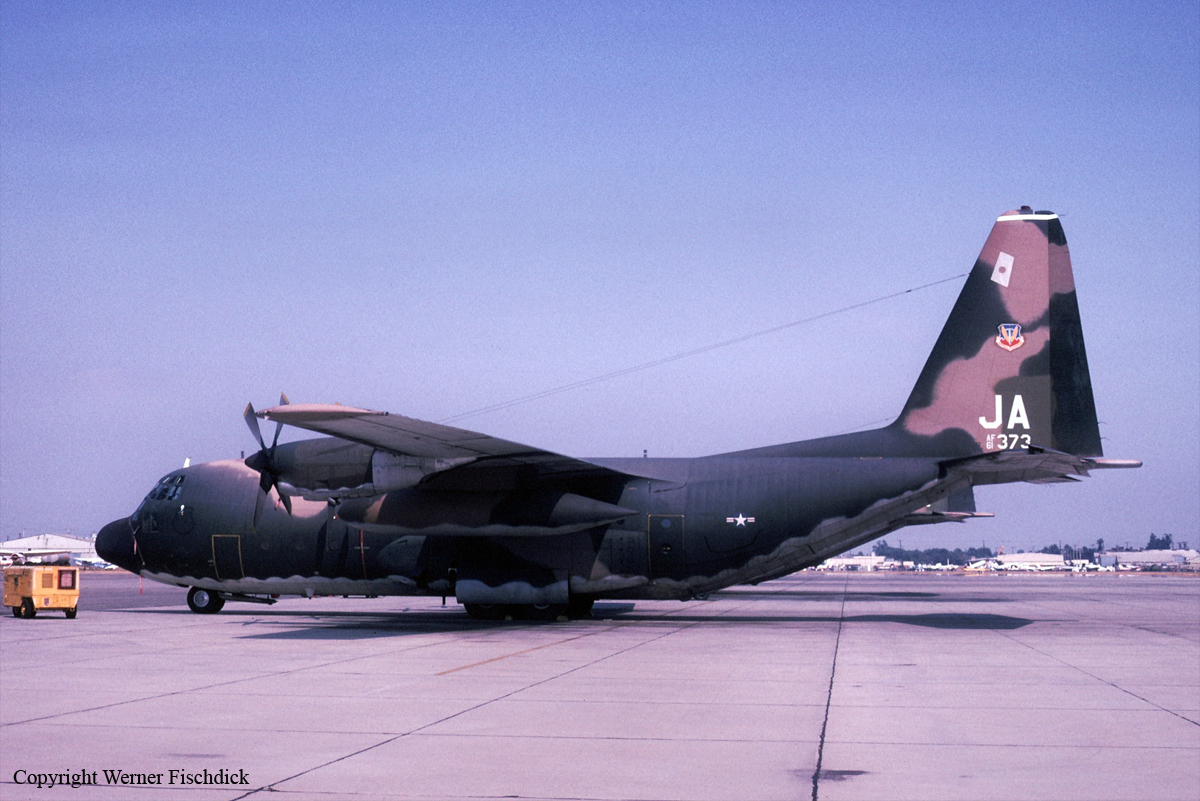Crash of a Beechcraft B100 King Air in Jackson: 1 killed
Date & Time:
Nov 13, 1997 at 1238 LT
Registration:
N500ML
Survivors:
No
Schedule:
Muscle Shoals – Jackson
MSN:
BE-78
YOM:
1979
Crew on board:
1
Crew fatalities:
Pax on board:
0
Pax fatalities:
Other fatalities:
Total fatalities:
1
Captain / Total hours on type:
162.00
Aircraft flight hours:
4231
Circumstances:
During an IFR arrival, vectors were provided for an ILS runway 16L approach. While on assigned heading and altitude of 270 degrees and 3,000 feet, about 8 miles north of the final approach fix, the pilot was told to turn left to 185 degrees and maintain 2,200 feet until established on the localizer, then he was cleared for the approach. The pilot acknowledged the instructions. About 1 minute later, communication and radar contact with the airplane were lost. Eye witnesses near the accident site observed the airplane as it descended below the cloud layer. The airplane was described as being in a steep left bank with the nose down. Witnesses also stated that the engines were revving. Within seconds of the visual sighting, the airplane crashed. Examination of the airframe failed to disclose a mechanical problem. No fire or smoke was seen coming from the airplane before it crashed. The pilot did not report experiencing a problem with the airplane to the tower controller. Toxicology tests of the pilot indicated O.323 mcg/ml chlorpheniramine (a sedating antihistamine) in liver fluid and 0.073 mcg/ml chlorpheniramine in kidney fluid. Also, unspecified levels of dextromethorphan (a cough suppressant), pseudoephedrine (a decibgestabt), and phenylpropanolamine (a decongestant) were reported in kidney and liver fluids. All medications are available in over-the-counter cold remedies.
Probable cause:
The pilot's failure to maintain control of the aircraft due to spatial disorientation. A related factor was: the instrument weather conditions.
Final Report:






